Rhode Island Library Report
KINGSTON, R.I. – (Nov. 6, 2013) – The digital revolution, its challenges and opportunities, continue to both perplex and excite educators, librarians and journalists.
That much was clear from the latest conference sponsored by the Harrington School of Communication and Media at the University of Rhode Island to explore how computers and their offshoots impact society and therefore the way the school trains its students.
For example, libraries can save space taken up by the storage of books and scholarly journals by having them available electronically, thereby creating room for new “user” functions, such as 3-D printers and multi-media production.
But many patrons treasure their library’s traditional role as book repositories, and electronic editions pose new problems, including whether leased databases will include the same publications from year to year, or become too expensive during times when public budgets are tight.
| For example, Rebecca E. Burnett, director of the writing and communication program at the Georgia Institute of Technology, said that when the university required students to bring laptops or iPad tablets to class, the most daunting hurdle was getting professors to go along. “The first change you have to make is a culture change with the faculty," |
"These tools don’t change the thinking,” said Burnett. “They change the way we approach that thinking. Our brains are still intact. And she said students still need to learn how to “write and speak and design, and engage in interaction in a way that makes sense with other human beings.”
| According to the program materials, S.R. Ranganathan was a 20th Century librarian who developed five “laws” that describe the function of libraries: “(1) Books are for use. (2) Every reader his [or her] book. (3) Every book its reader. (4) Save the time of the reader. (5) The library is a growing organism.” Among the questions asked at the conference were how those widely-accepted rules apply in the digital age, and how change can be measured in terms of old and new rules. |
|
Peter Phipps, managing editor for new media at the Providence Journal and a media instructor at URI, noted that newspaper publishers, because they invested in expensive presses and ink, largely controlled what kind of news and information got to the public. But now, software experts who devise powerful data-sorting algorithms, or mathematical formulas, such as those used by Google, the dominant Internet search engine, play a central role in guiding computer users in accessing a broad universe of information.
At the same time, Tom Stites, founder and president of the Banyan Project, in Newburyport, Mass., didn’t sugarcoat the difficulty faced by journalists who want to sustain the wide coverage that newspapers have provided for decades.
Stites' group is trying to develop a Web-based journalism model that can be self-supporting and serve “news deserts,” or communities no longer covered by newspapers, and it plans a pilot edition in Haverhill, Mass. But Stites noted that, overall, “journalism is ill, and it’s not getting quickly healed.”
The Harrington School brings together six once separate departments at URI – journalism, the graduate school of library and information studies, reading and rhetoric, film/media, public relations and communication studies.
Renee Hobbs, the school’s founding director who arrived at the URI campus in January, 2012, said during one workshop that among the impacts of the fast-changing technology landscape is uncertainty and unpredictability in every field, including higher education.
“There used to be a stable business model and now there isn’t,” Hobbs noted. But when some participants worried about the financial sustainability of journalism and other mediums, she said that entrepreneurs will figure out the new economics of the digital age.
“I don’t think we should be pessimistic,” Hobbs said.
One father of a 14-year-old noted that his daughter insists that she cannot study unless music is “cranked up” and that she finds working in silence difficult. He asked whether that trend, shared by many school and college-aged students, is factored into plans for new library spaces.
Sydnye Cohen, a former high school library media specialist at Brookfield, Conn., high school and now technology integrator at New Canaan High School, also in Connecticut, said she was never a “shushing” kind of librarian, and believes that creativity is an often noisy process and that strict rules about talking and other behavior can inhibit innovative projects. As a librarian, she allowed students to eat in the library, but conditioned that on the students cleaning up afterwards – which they did.
Burnett said that the Georgia Institute of Technology created multiple kinds of spaces in new or renovated buildings, some so quiet that people entering them said “wow,” and other rooms with various levels of background noise.
“All of us probably don’t mind having Bach playing in the background,” she said. “But there are other spaces where you want silence, and different kinds of silence.
| The issue of public attitudes toward libraries was raised by Karen Archer Perry, of Clarion Digital and a former senior program officer for library initiatives at the Bill & Melinda Gates Foundation in Seattle. Perry said that a survey by the Pew Research Center earlier this year found that 91 percent of respondents said that the public libraries are important, which she said was a remarkable finding at a time when the country is divided on many political and social issues: |
But she noted that some of that support is rests on past perceptions – with many people not aware that libraries offer electronic books, which can be read on computer tablets, a service that is “going through the roof.” And she said that a significant portion of those polled – 40 percent – don’t want libraries to move books out of traditional stack areas, which can hinder the ability of some libraries to free up space for new kinds of activities.
Lisa Richter, reference librarian for the Bristol Community College’s Attleboro, Mass. Center, noted that libraries which used to purchase paper editions of scholarly journals, now instead lease databases from vendors. That can produce uncertainty about availability of some journals year to year.
Richter was a participant in a workshop that discussed the evolution of new approaches to media. For example, video and film once were controlled by a limited number of broadcast networks and studios. Now, individual video creators can reach audiences – and earn income – from “microcasts” showing their work on YouTube, the Internet outlet. Similarly, participants said that writers can now self-publish some of their work, rather than depending on book publishers to market their work.
Also discussed, during a session convened by the Banyan Project's Stites about the impact on democracy of weakened newspapers, were new approaches to getting civic information to the public.
Mark Marosits said that the company he cofounded in Newport, Worldways Social Marketing, has been involved with the city of Newport’s development of a new Website, Engage Newport, meant to provide government news and to promote discussion of issues by city residents.
He called the Website, launched two weeks ago, “a positive first step” for city government in providing essential information to the community’s residents.

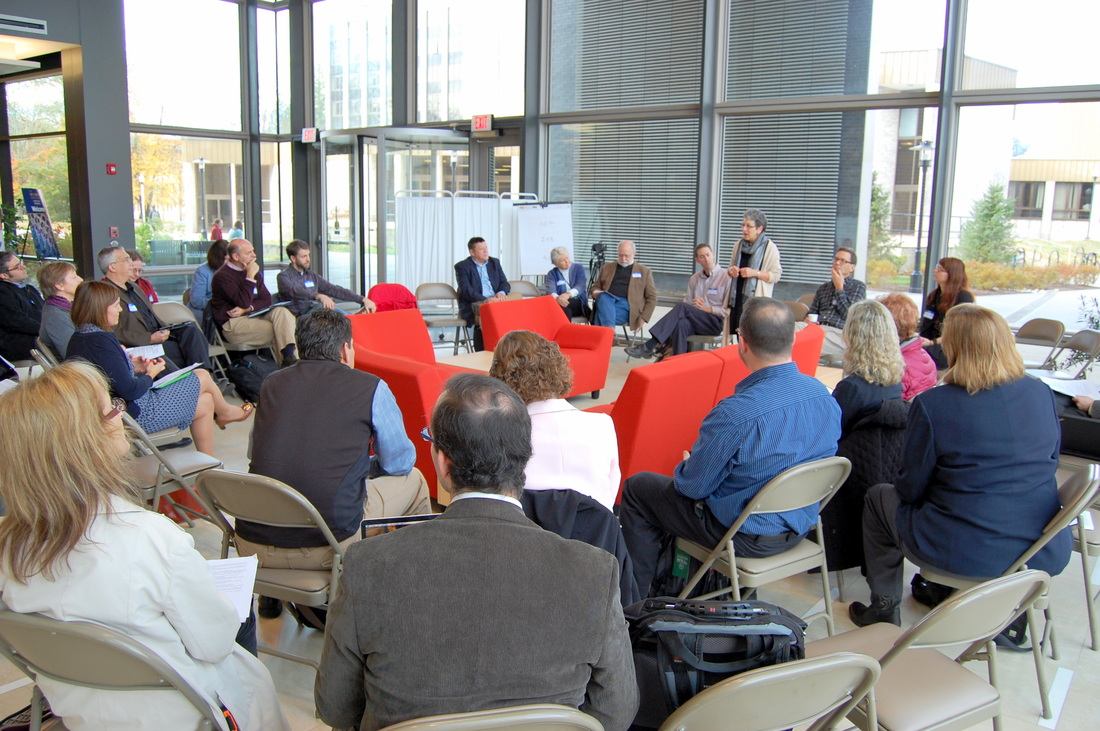

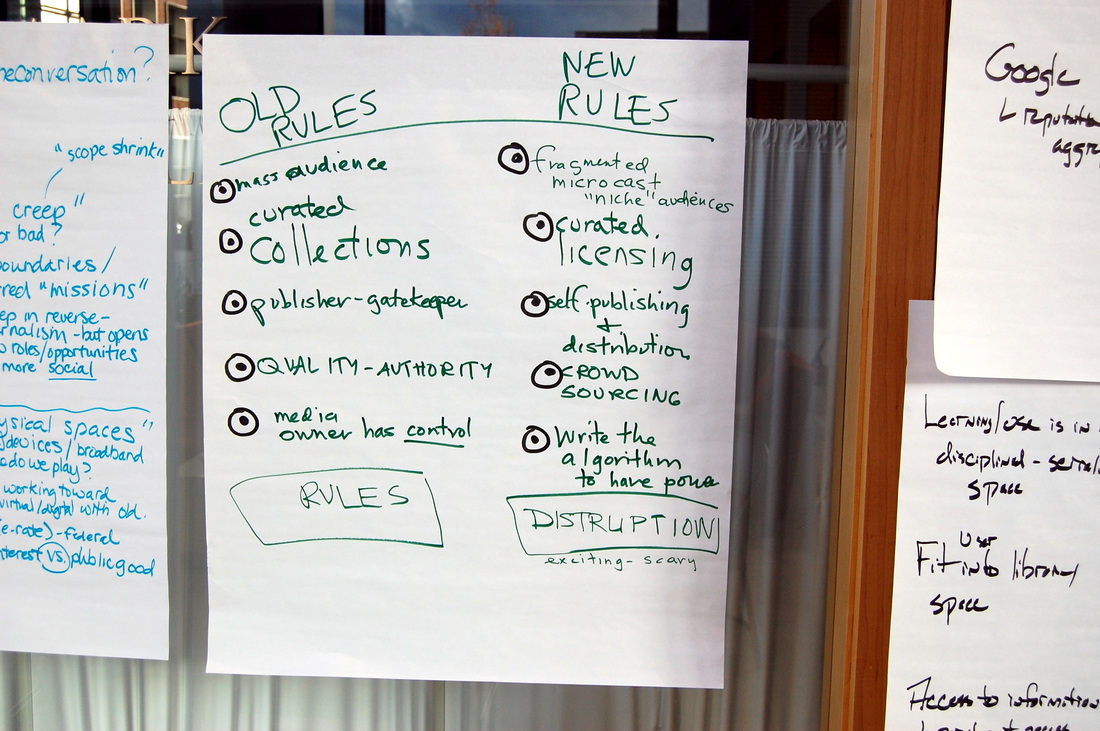
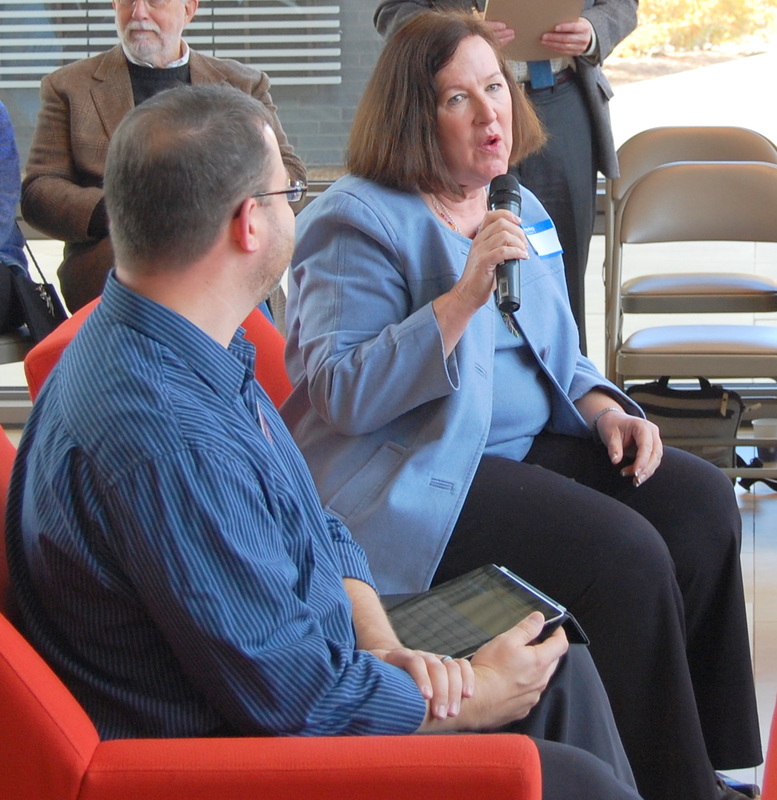
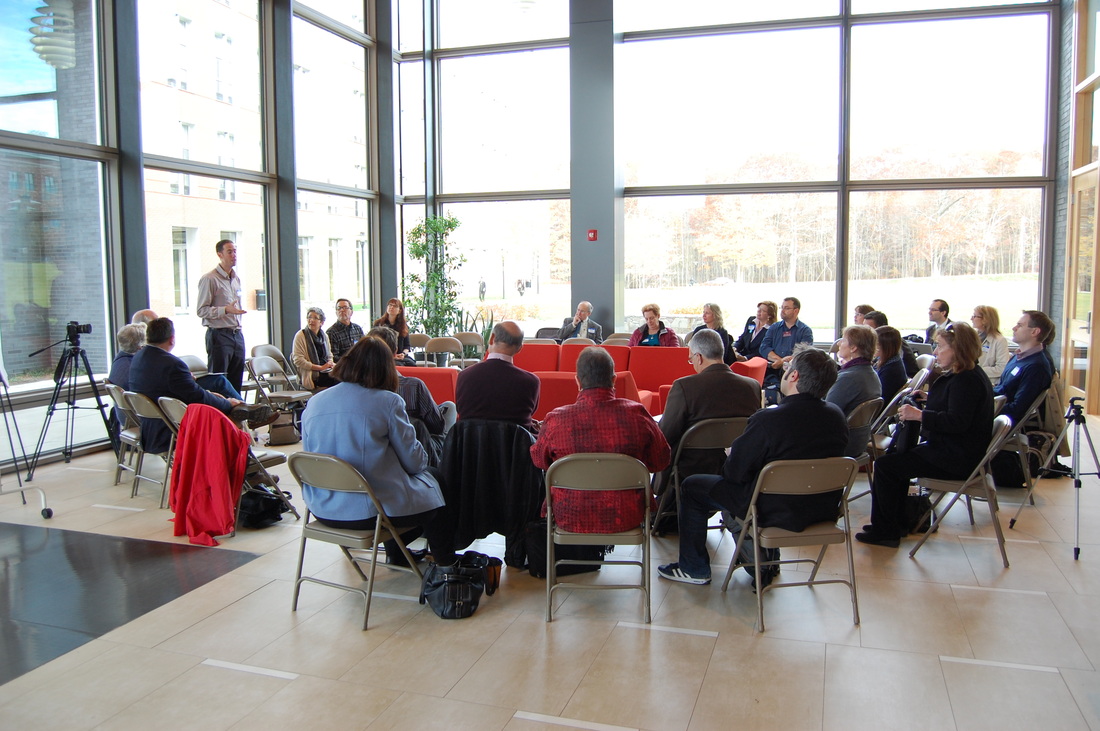
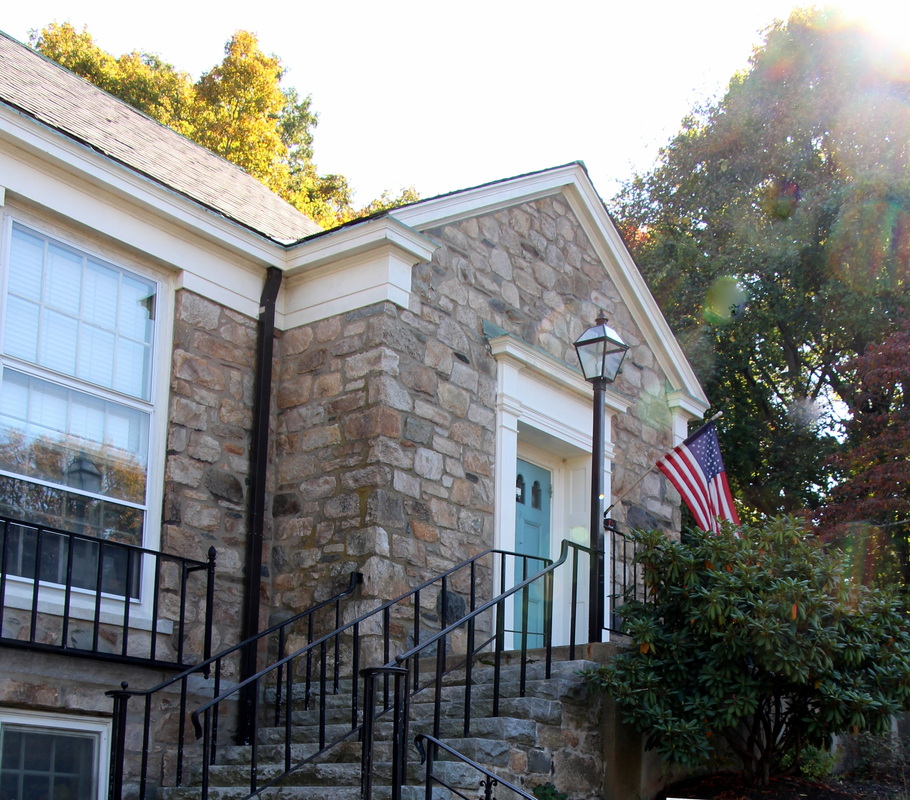
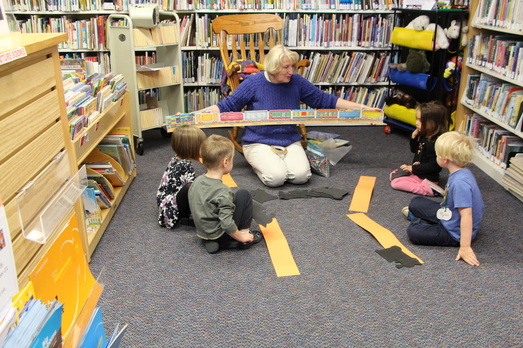

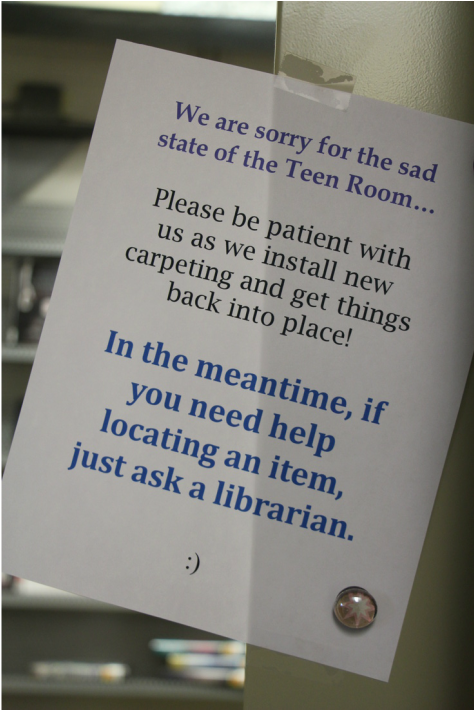
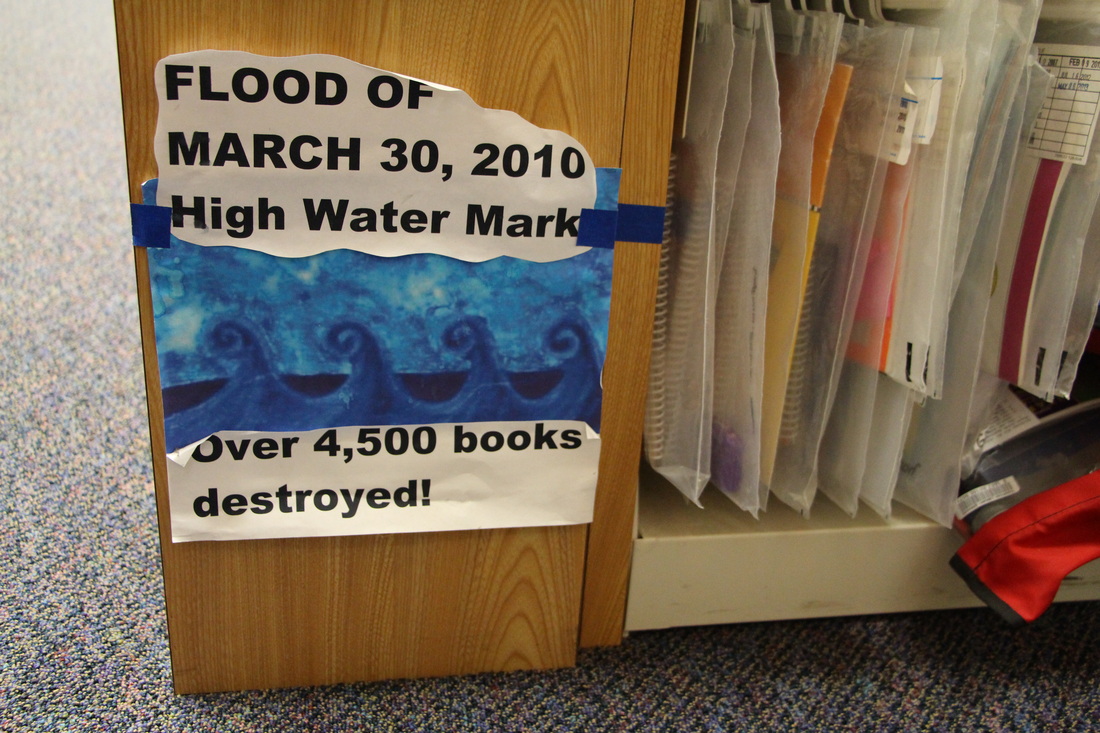
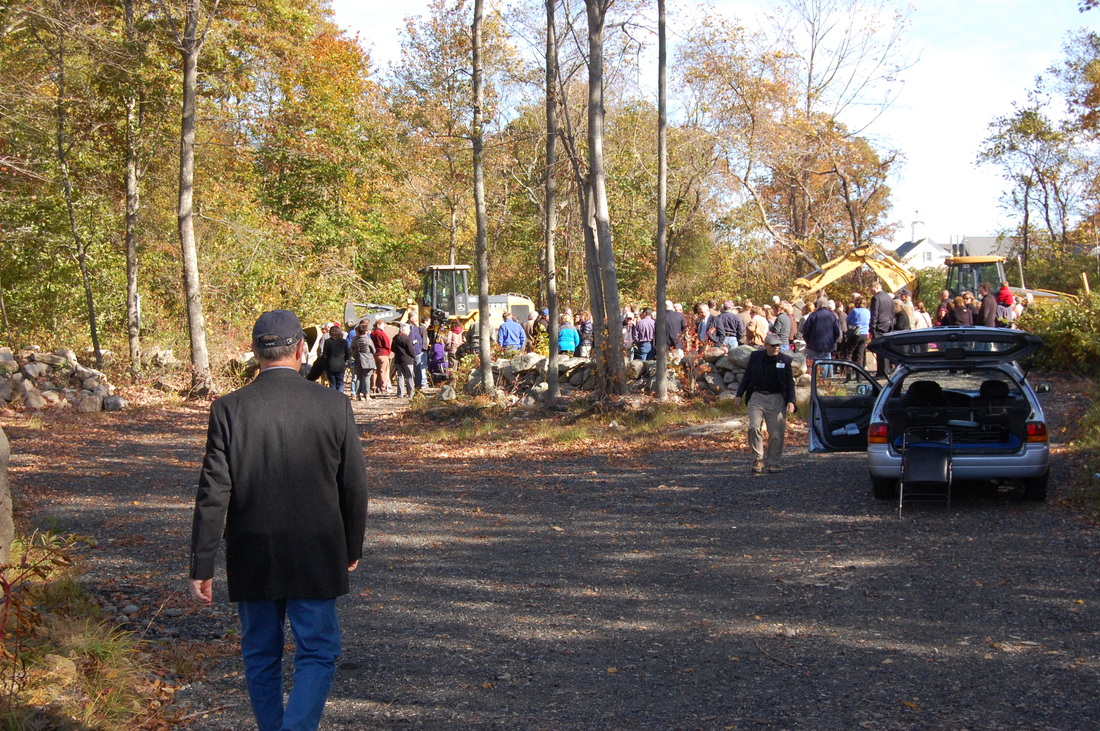
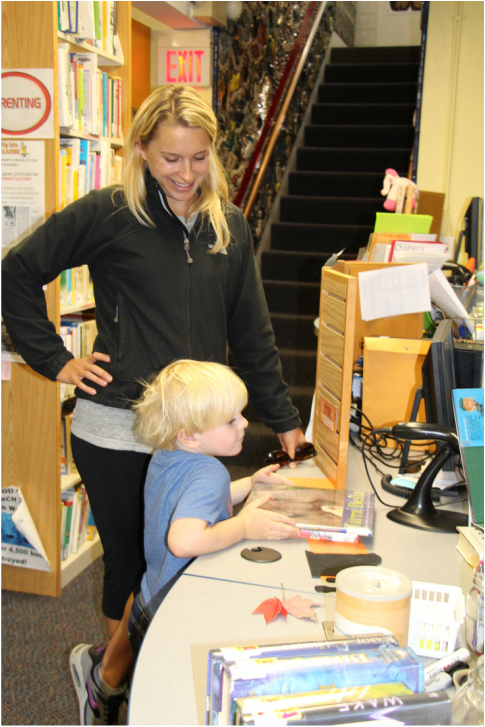
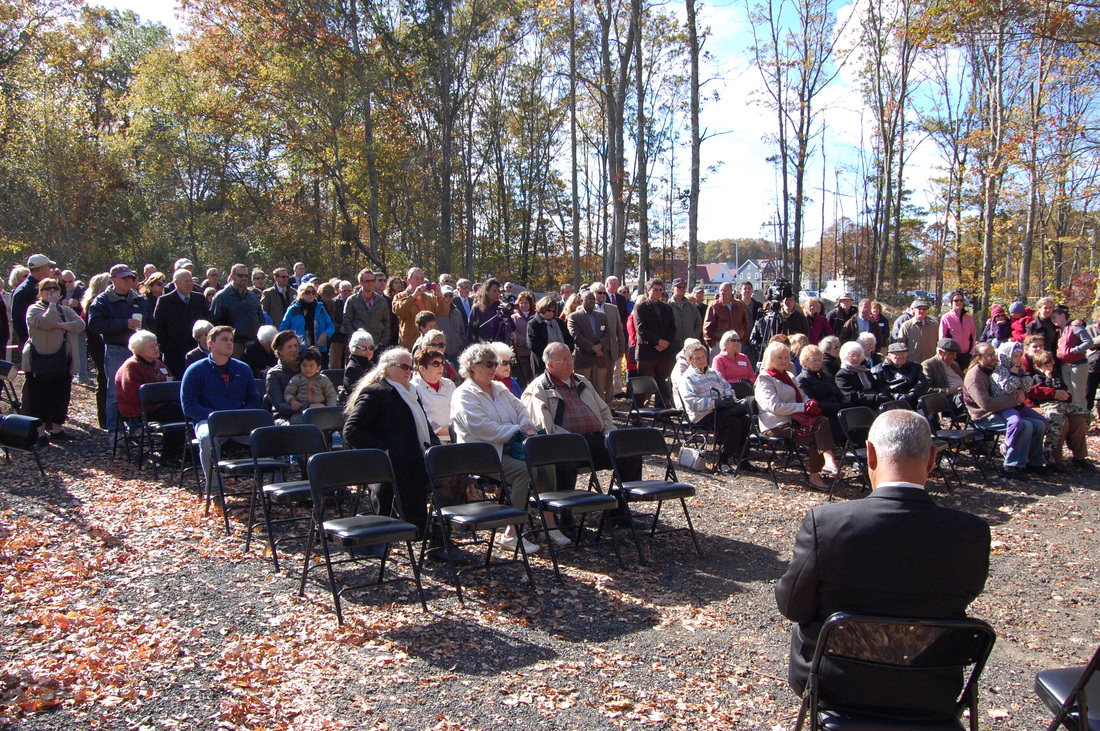

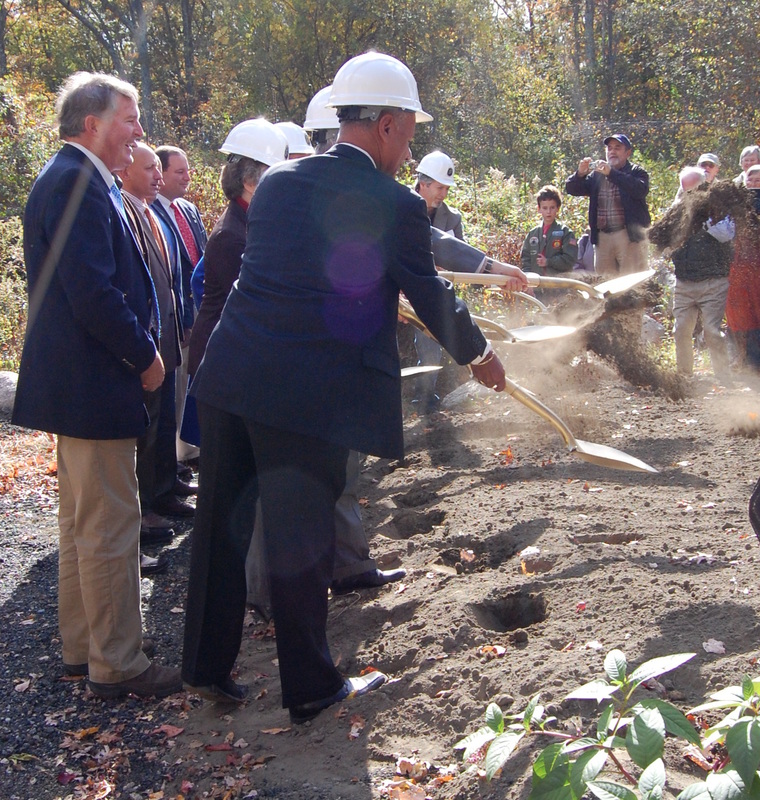
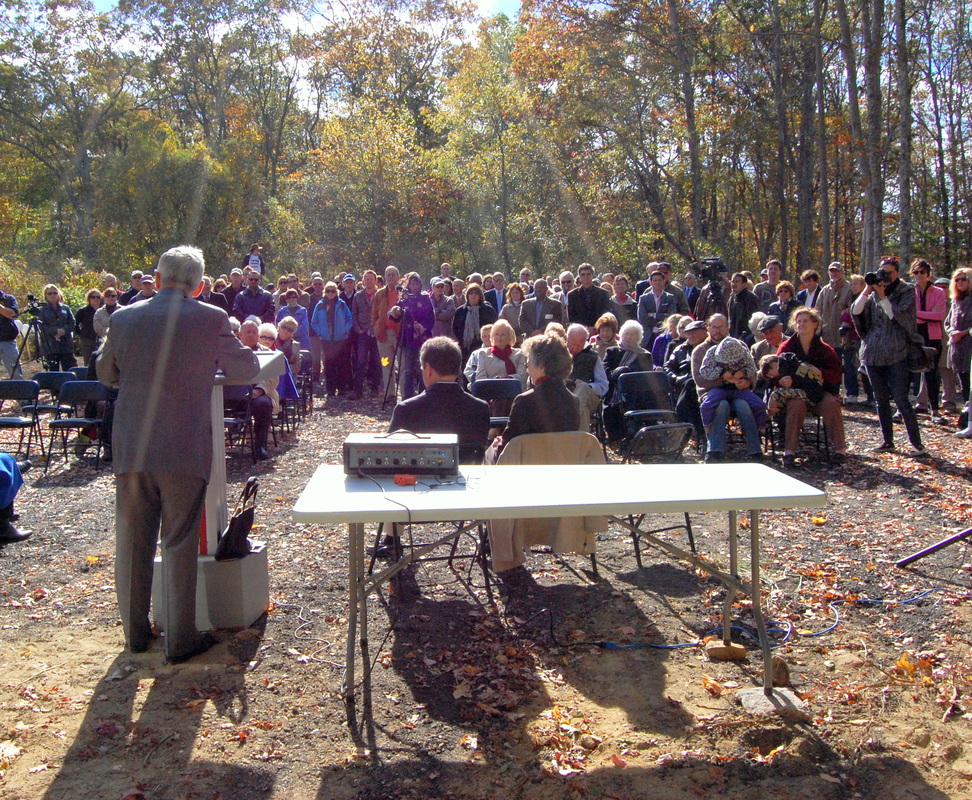
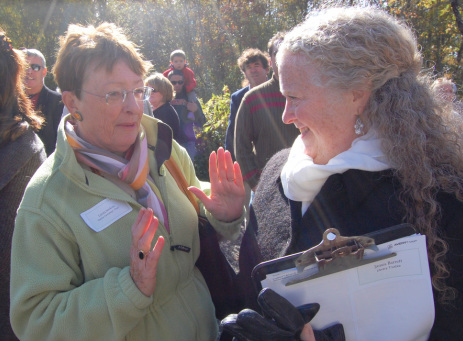
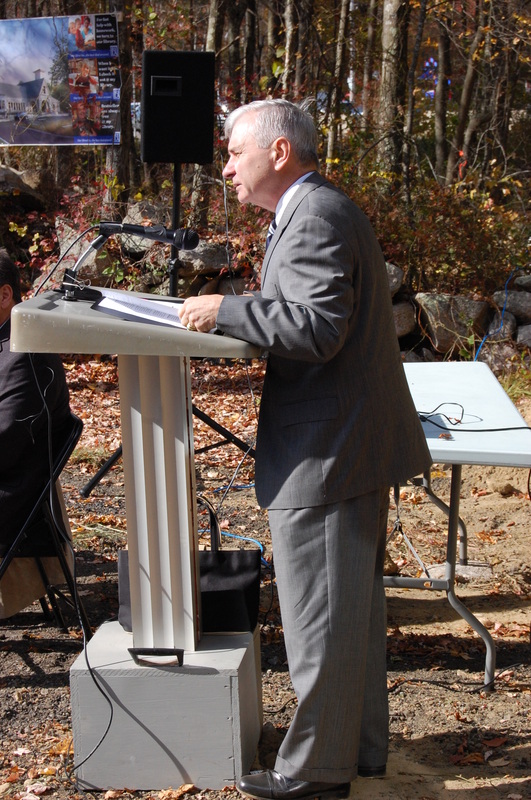
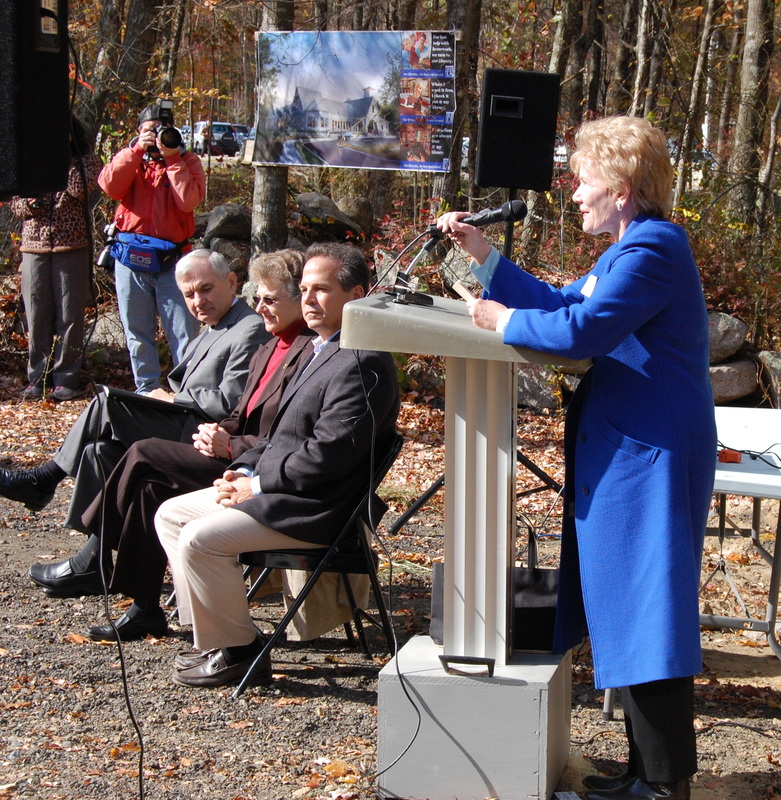

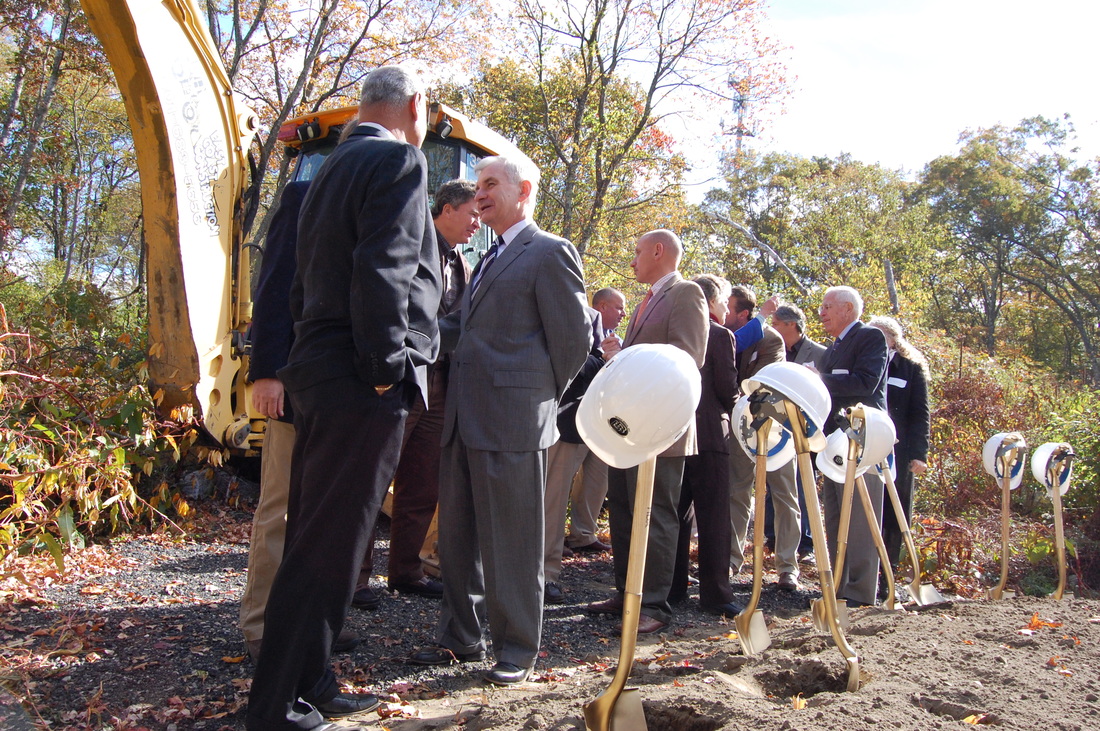
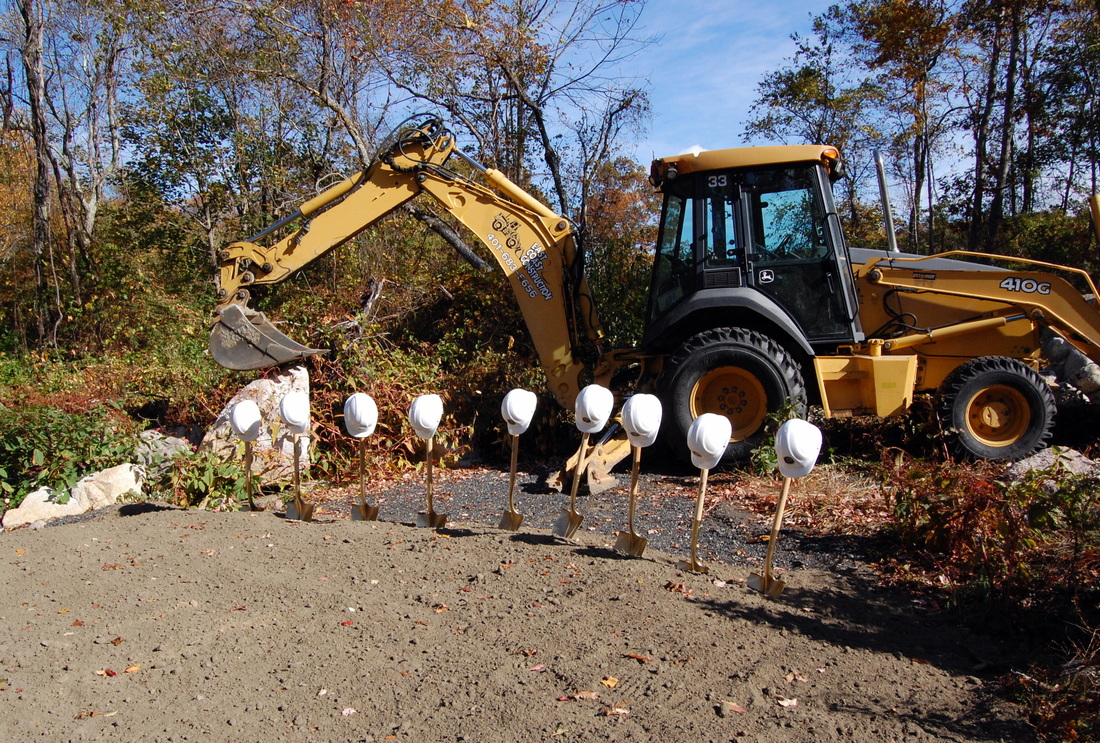
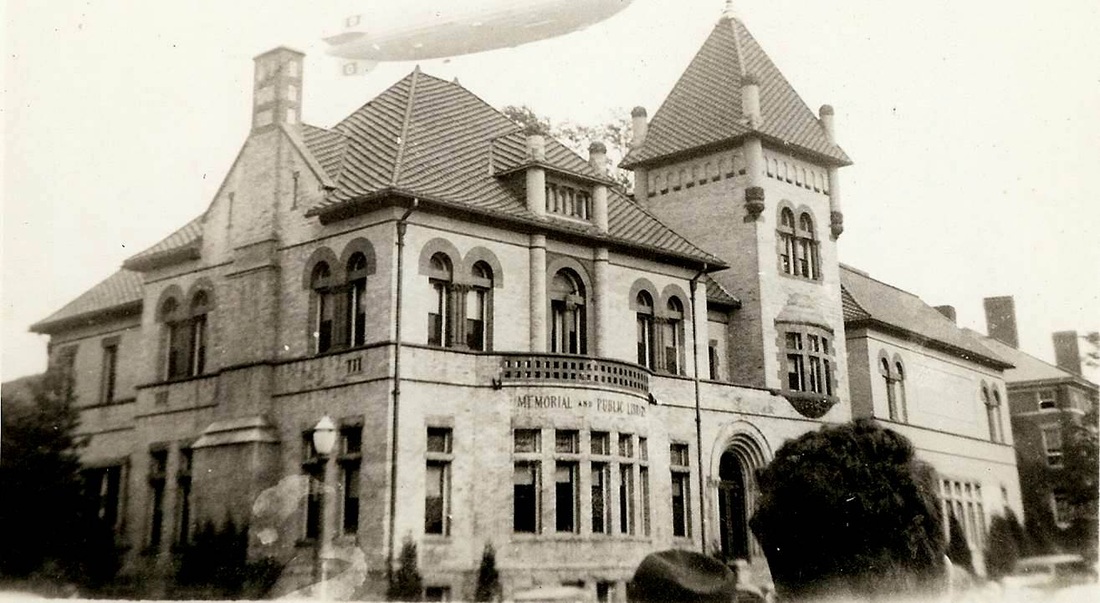
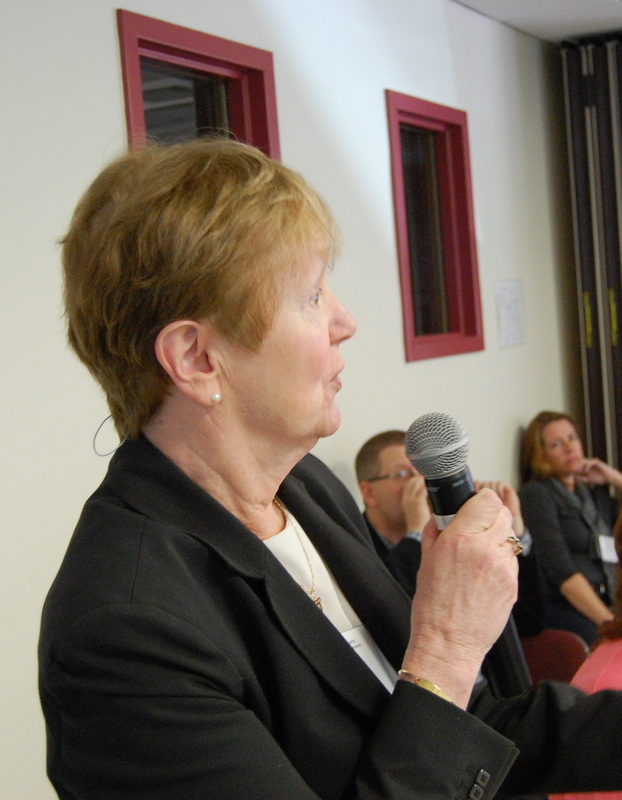
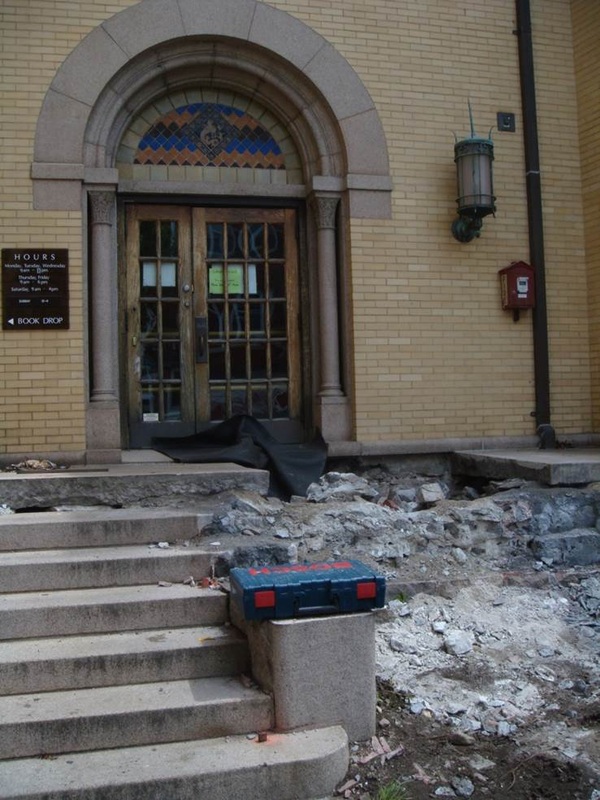
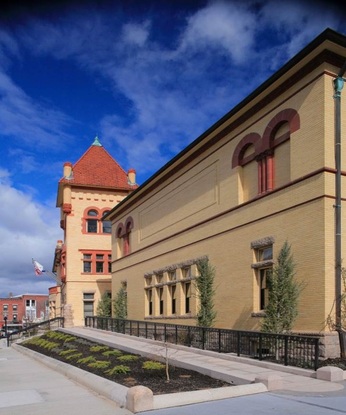
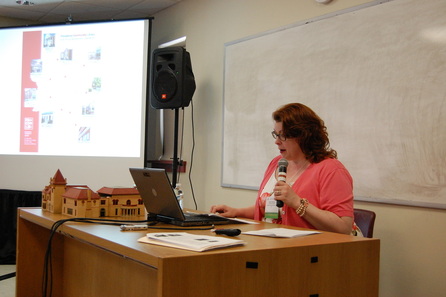
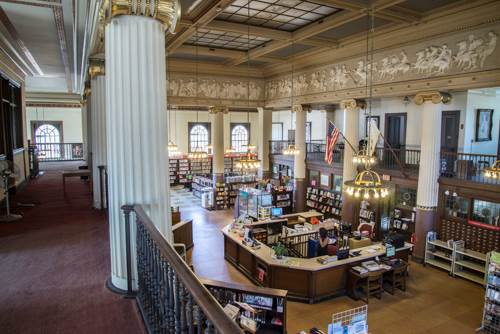
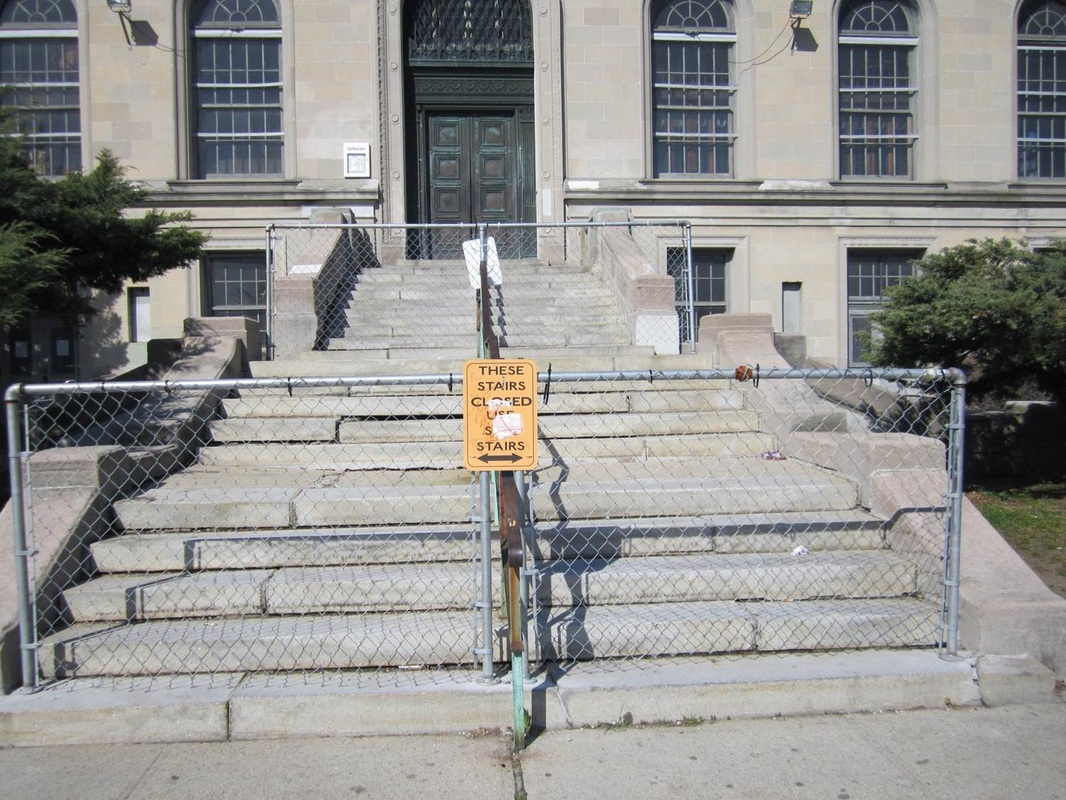

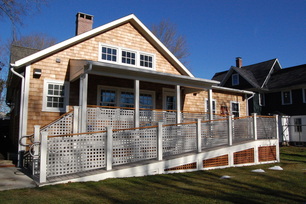
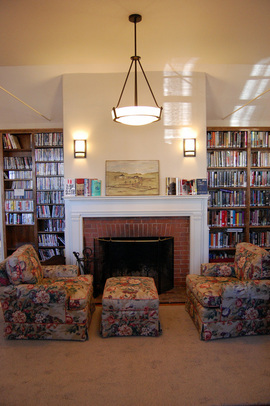



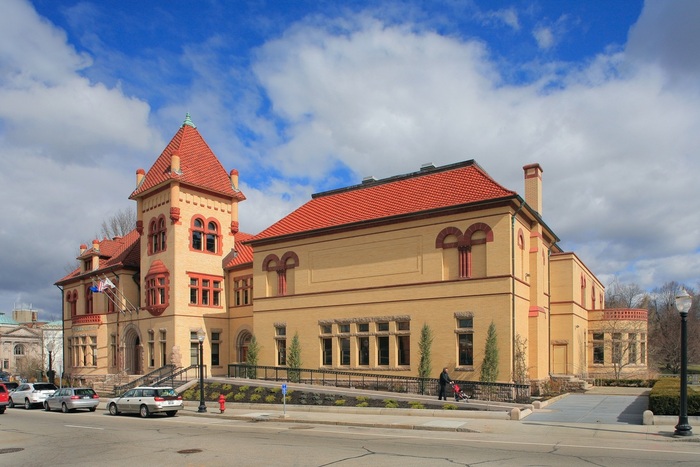
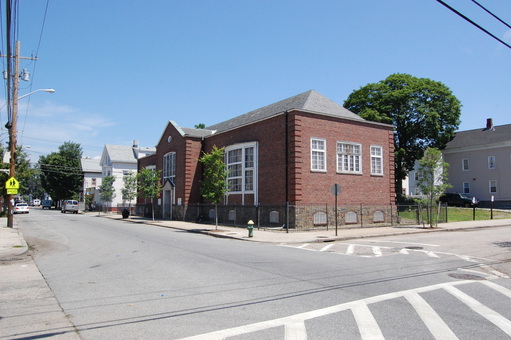


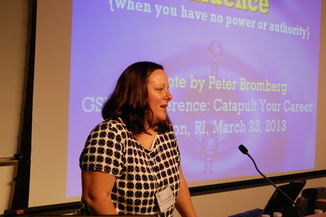
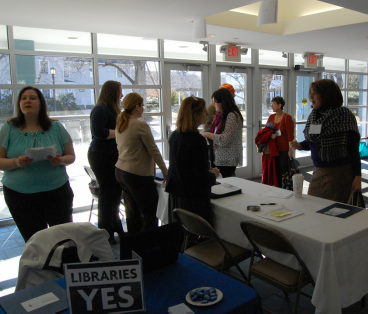
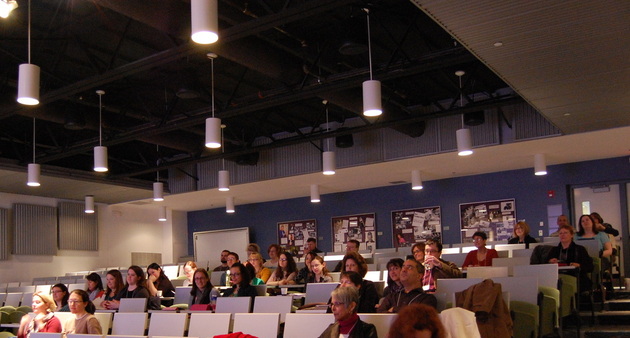
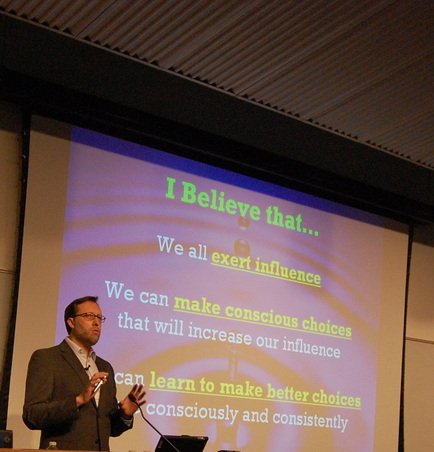
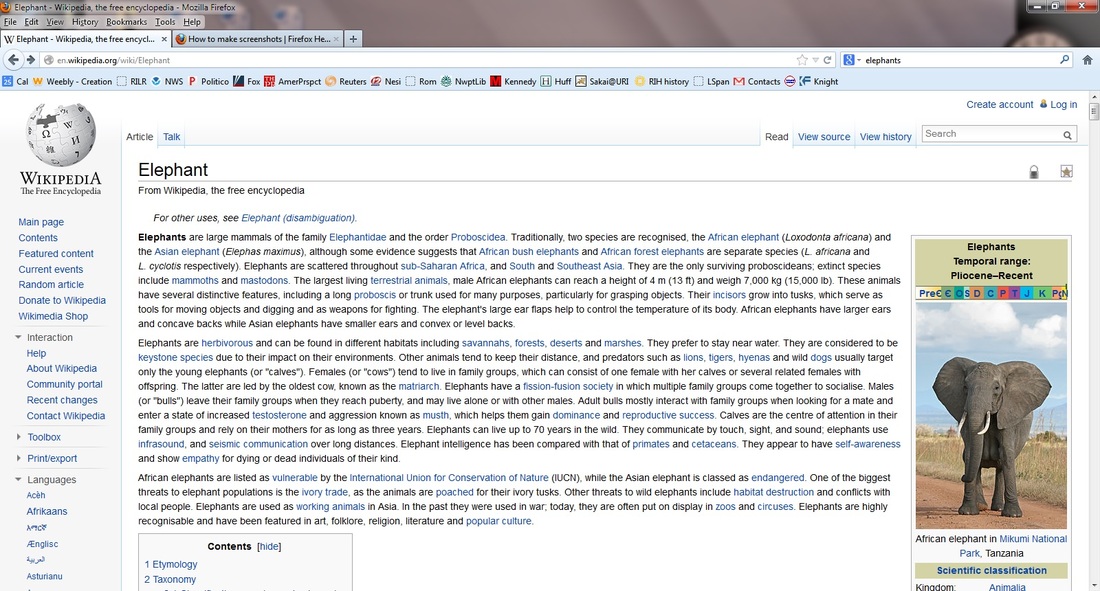
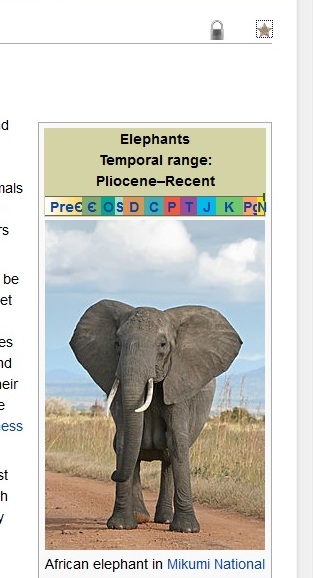
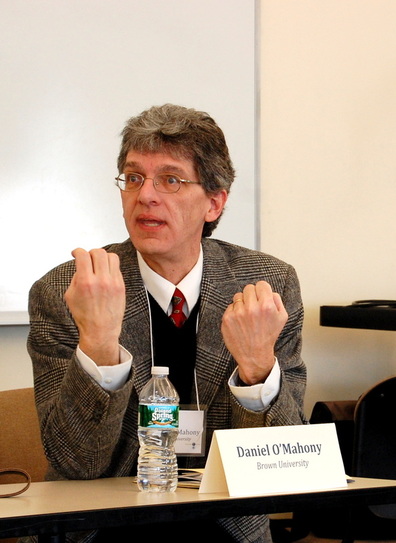
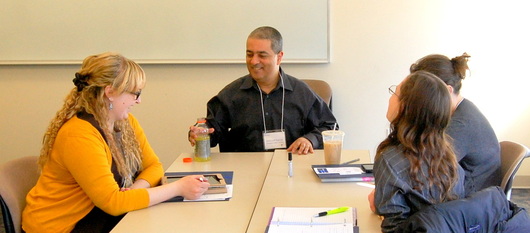

 RSS Feed
RSS Feed